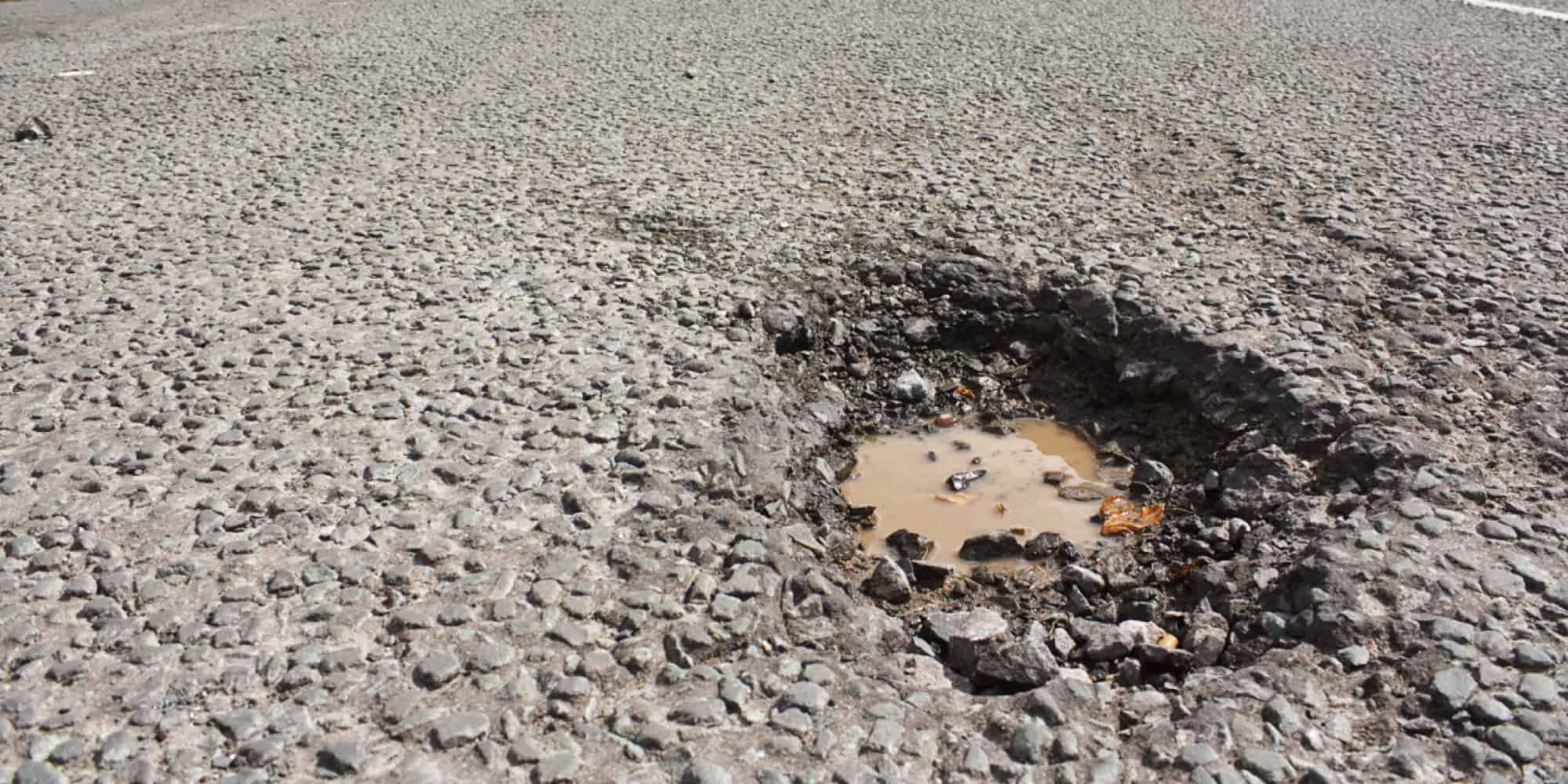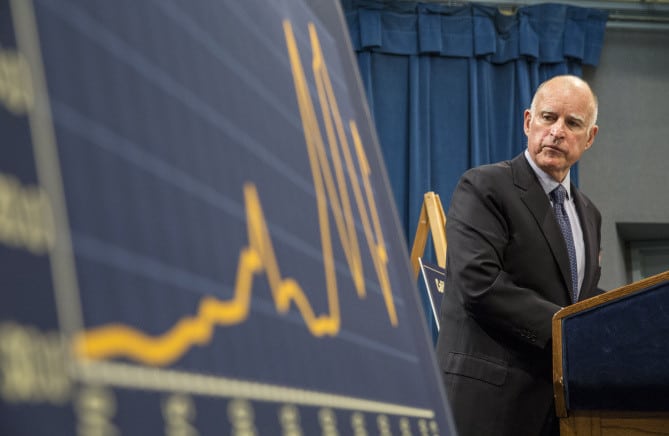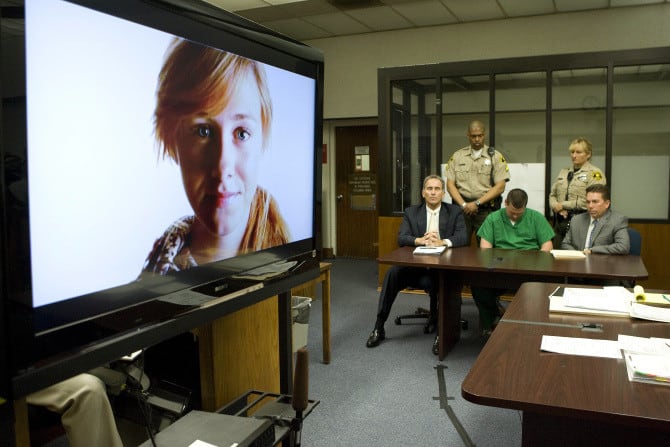This time of year is marked by kickoffs for millions of Inland Empire families. In my family, we kicked off our kids’ return to school last week. And this past weekend, I pulled up a couch Sunday to enjoy the kickoff of the new NFL season.
But as so many things kick off, others have wound down, including the end of the Special Legislative Session, called by Gov. Jerry Brown, to deal with the worsening shape of California’s roads.
The need is clear. Our roads are in among those in the worst shape in the country, while Californians pay among the highest gas taxes in the country – to pay for those roads.
• In the Inland Empire, gas prices stay more than $1 above the national average.
• Recent studies have found more than 46 percent of Inland Empire roads in “poor condition” and that a staggering 471 Inland Empire bridges were rated as either “structurally deficient” or “functionally obsolete.”
• Economists have calculated this cost to Inland Empire drivers as $812 per year in “wear and tear.”
For months, my Republican colleagues and I have been championing an equally clear solution – dedicating $6.6 billion per year to immediately begin needed road repairs and construction, and to do so without raising taxes. Such an idea is entirely reasonable, possible and the only idea fair to California drivers who have had their gas tax dollars wasted for decades on anything and everything but road repair.
I authored Assembly Bill 4, which would restore more than a billion dollars annually collected from vehicle weight fees, diverted from road repair during the heights of the recession to provide a temporary Band-Aid for the state budget. With the state reporting billions in surplus, it is time for California to put that money back where they found it.
And as common sense as that may sound, the ways of Sacramento make it anything but. The chorus back has been predictable: The call for higher taxes and fees has been loud – but it also has been dead wrong.
California’s transportation infrastructure problem isn’t one of funds, but one of (misplaced) priorities – for years, the state has been spending less and less of what it collects for “transportation” on actual roads.
In 2000, Gov. Gray Davis signed a $5.3 billion “Congestion Relief” bill, making news at the time for only diverting what now would seem a “downright responsible” 68 percent of funding toward mass transit and other non-roads-related projects.
Last year, Caltrans received $10.6 billion for “transportation projects,” but spent barely 20 percent of that toward road construction or repair.
The awful condition of California’s roads today shouldn’t be a surprise, as it is the obvious result of long-ago announced policy.
After signing his “Congestion Relief” bill, Gov. Davis actually came here, to the Inland Empire, to announce “the primacy of the automobile” as “over” in California. If that sounds like governmentspeak to you, let me translate: He was getting California out of the freeway building business.
In 1959, frustrated by what he called “stupendous” traffic jams of the time, Gov. Pat Brown’s 6-cent gas tax literally built the modern California roadway system we know today. Gray Davis’ “fundamental shift” 14 years ago all but officially ended that system, robbing California’s roads of even enough funds to continue their maintenance.
Californians have and continue to invest plenty in their roads. It is my hope that investment will go toward a renewed kickoff of fixing, building and growing California’s highways that have been shamefully neglected for far too long.
Assemblyman Eric Linder represents California’s 60th Assembly District.




